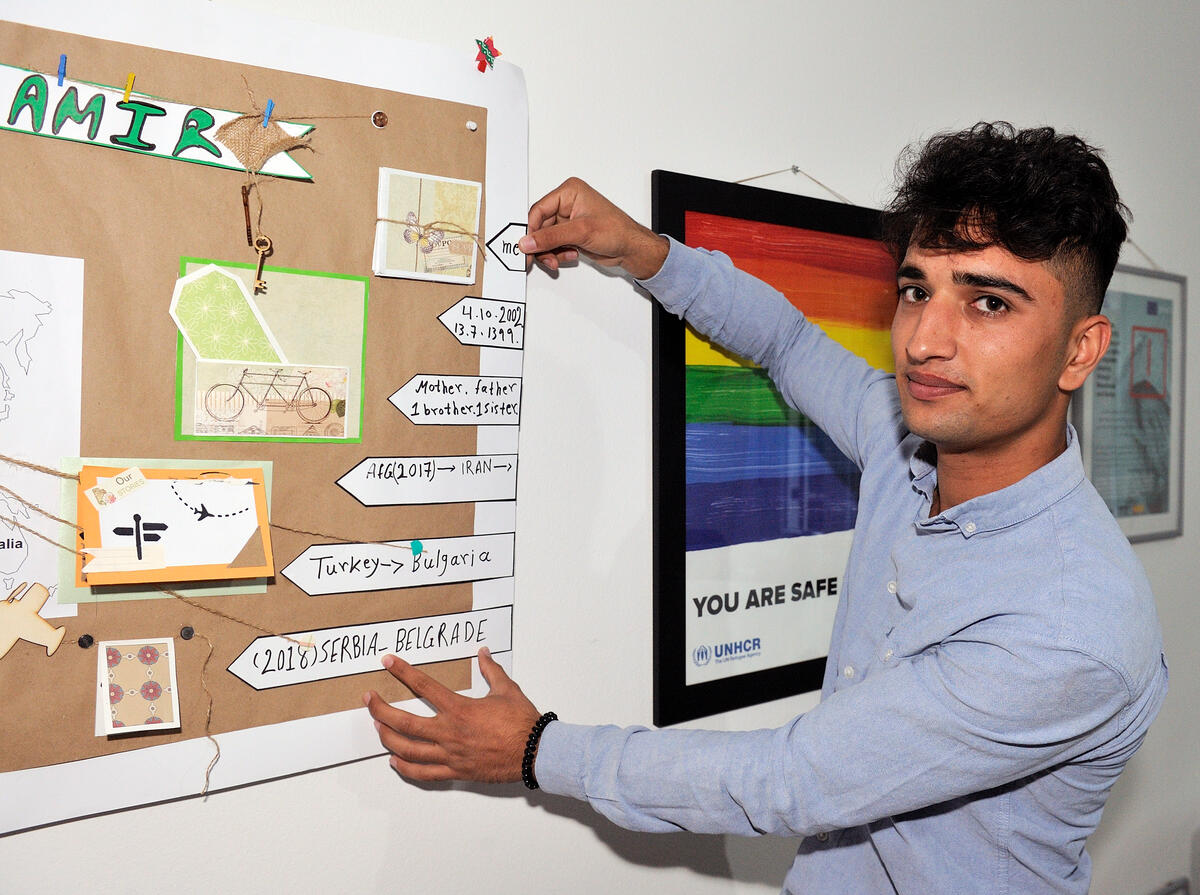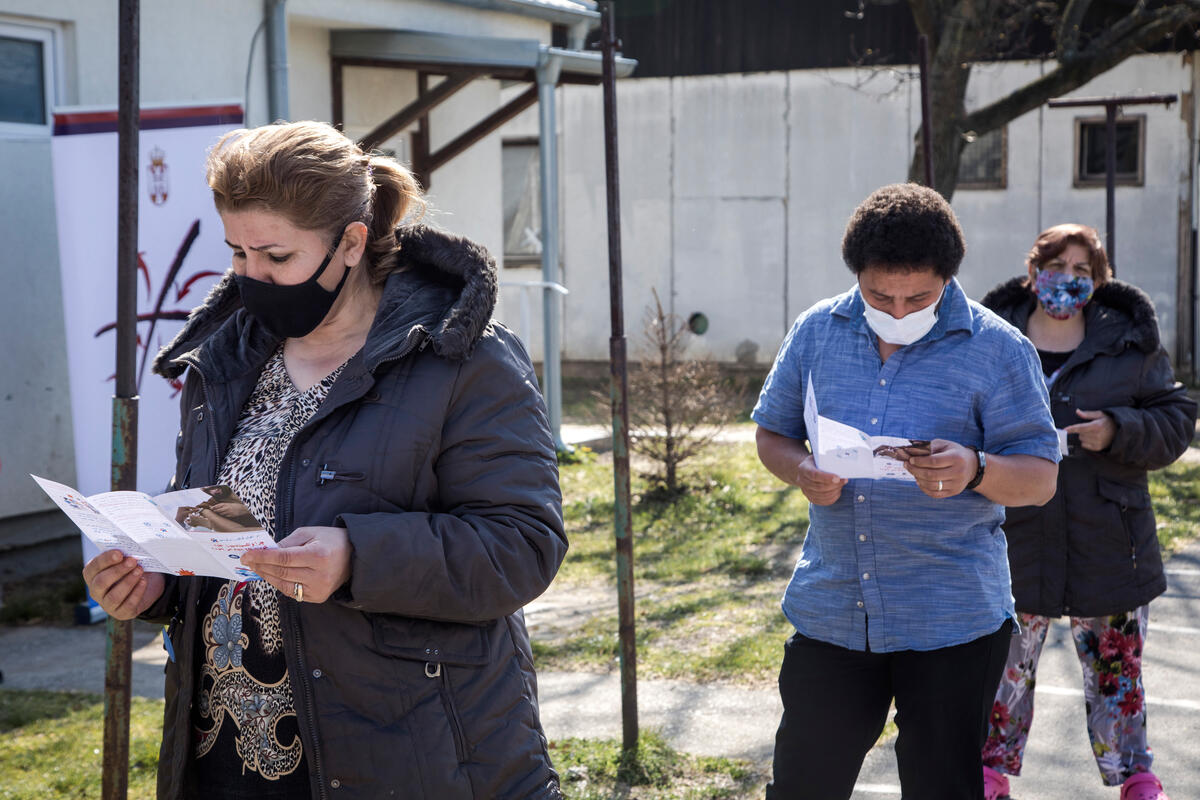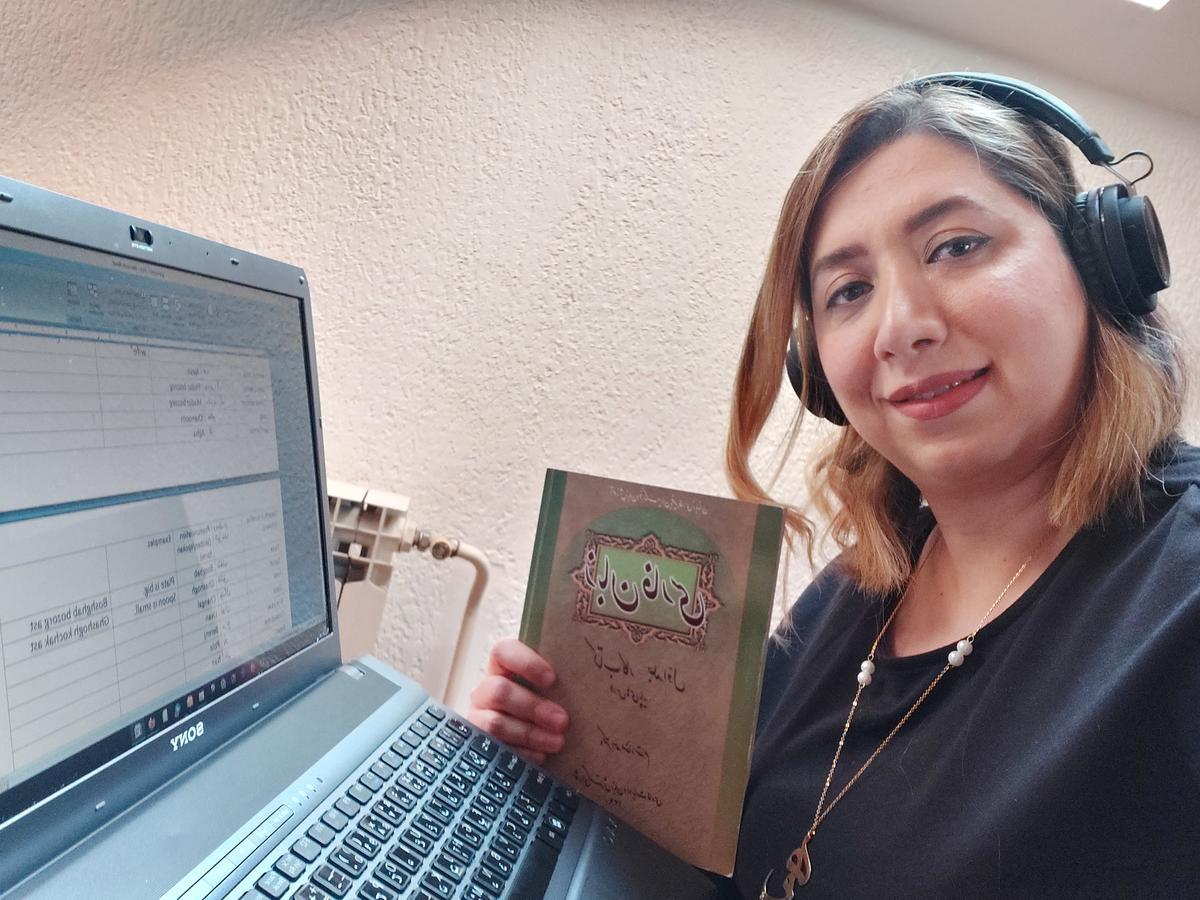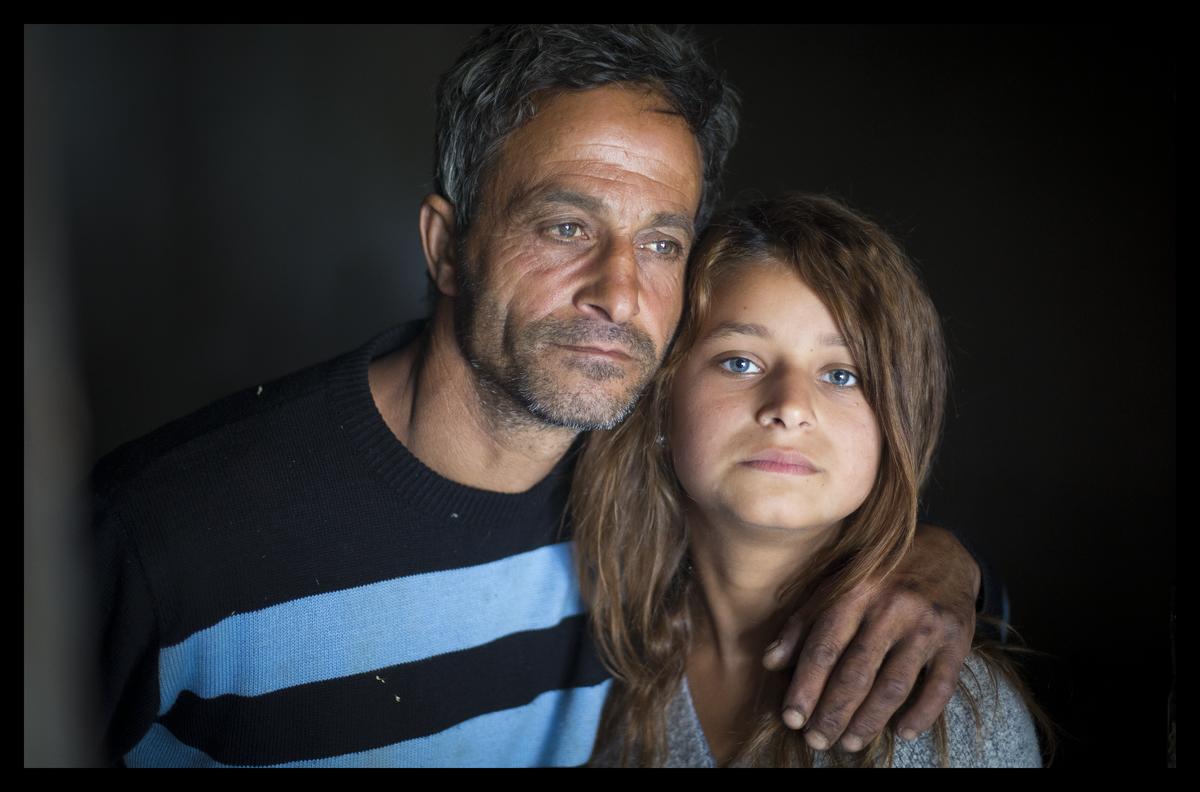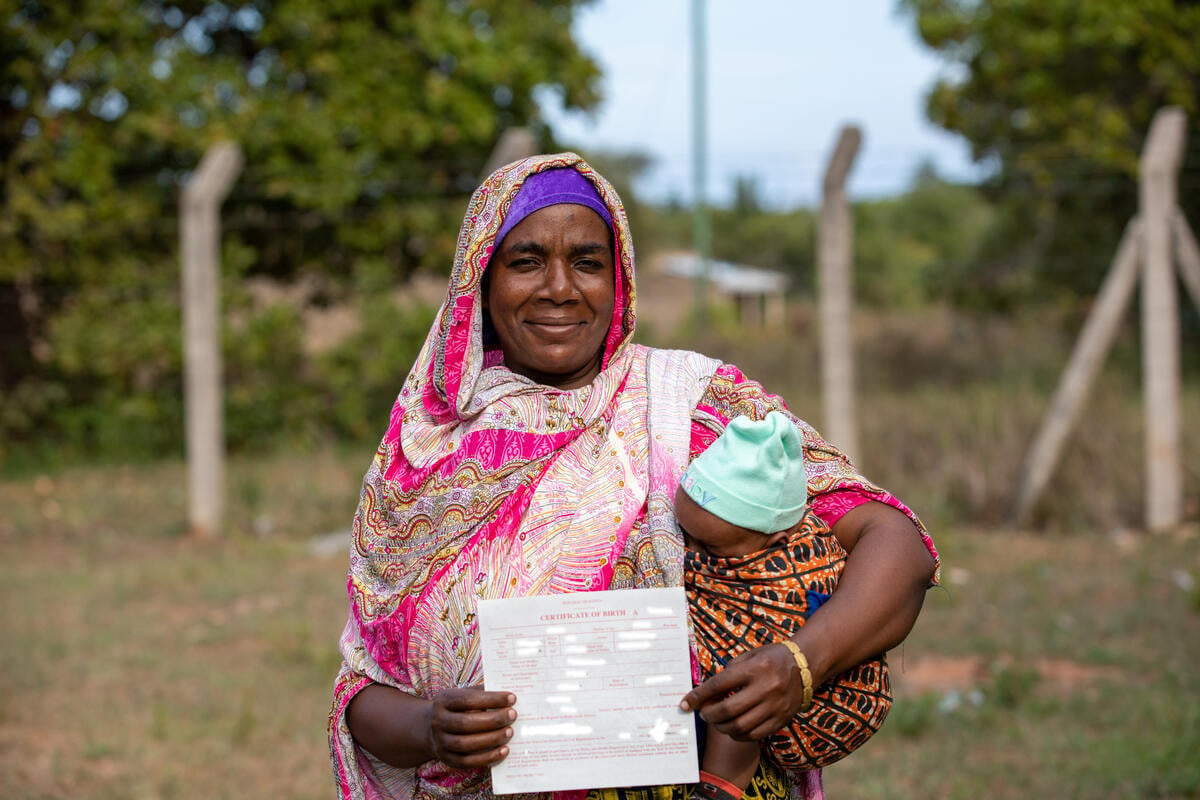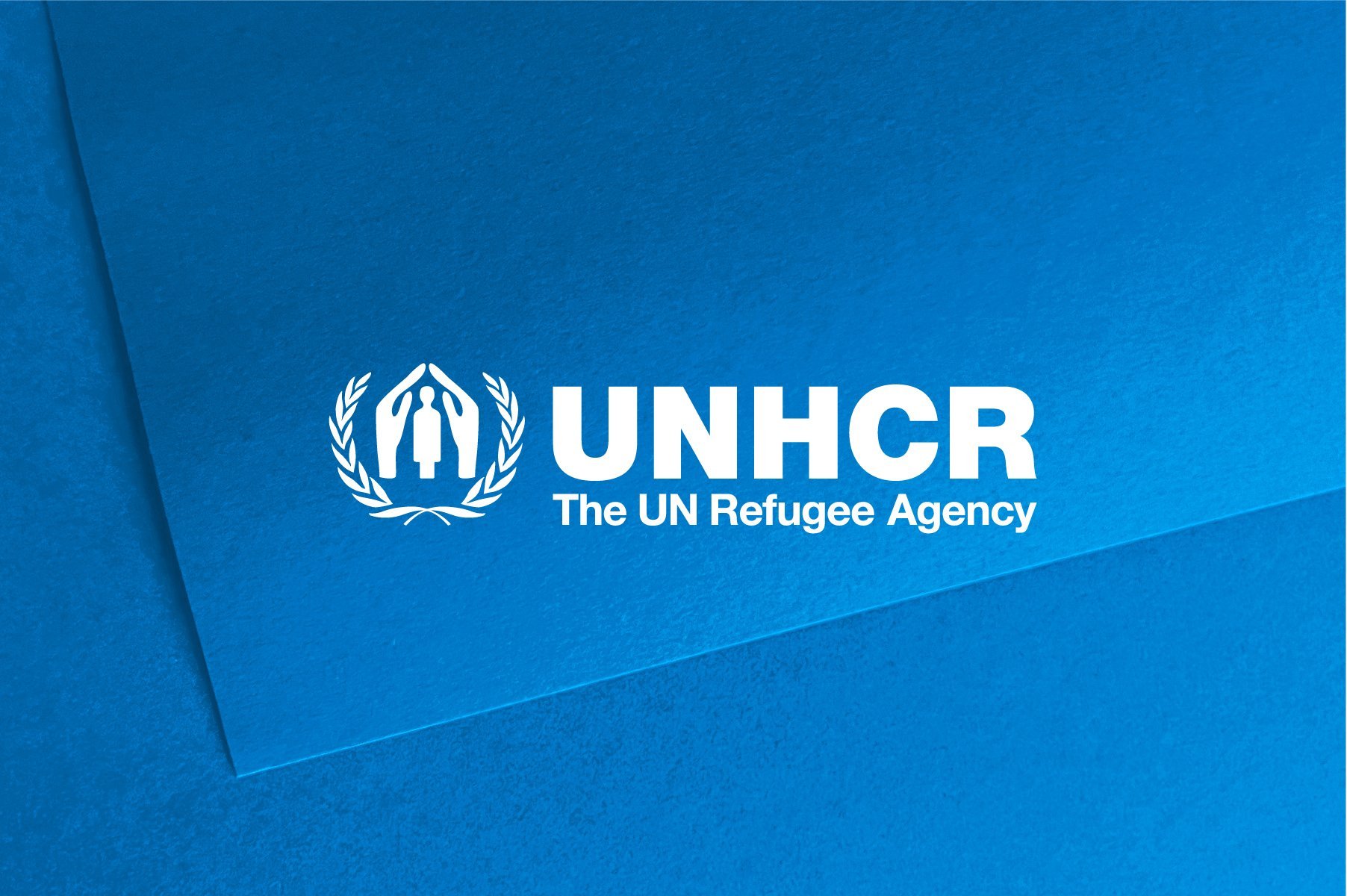Kosovo Crisis Update
Kosovo Crisis Update
Albania
The refugee flow through the Morini border was constant until midnight in the night of 15/16 April. The exodus resumed early on 16 April. From 8 a.m. Thursday until 8 a.m. Friday there were 3,254 new arrivals, some of whom came from Prizren and others from Mitrovica. Many of the latter had walked for up to five days from Mitrovica, north-east of Pristina.
A young girl from Mitrovica said she was in the last group expelled from the centre of the city. She said she saw the whole downtown area on fire and saw many bodies lying in the street. Refugees say that thousands more are heading for Albania.
The new arrivals came on foot and were in very poor condition without any belongings. They were taken to a camp constructed by the Greek army in Kukes, but the tents were filled as soon as they were set up. Aid agencies in Kukes erected 20 big tents in half a day to accommodate 1,000 new arrivals. These were quickly filled as well. Other arrivals were accommodated in the already overcrowded collective centres.
The sporadic shelling of villages in the Districts of Kukes and Has poses a serious security concern. Moving refugees out of the Kukes area remains a priority for UNHCR. With the assistance of local authorities, about 5,000 refugees are being transferred down to central or southern Albania daily but this will soon be outpaced by the number of new arrivals.
FYR of Macedonia
Around 6,000 refugees arrived in Macedonia on Thursday, 15 April, including an estimated 3,000 people who had been stuck in the no man's land at Lojane, between Serbia (outside Kosovo province) and Macedonia. Refugees were shuttled to the camps in more than 60 buses from all three border points: Lojane, Blace and Jazince.
Some of those who arrived at Blace yesterday came on board a train from Urosevac. A few came in private vehicles. Many of the new arrivals said they were from Gnjilane, south-east of Pristina, which had a pre-conflict population of about 50,000. They said they had been forced to leave because many houses were looted and set on fire.
UNHCR received reports that at least one train and two buses went back north into Kosovo from the Blace border crossing on 15 April without disembarking their passengers. This testimony came from a few people who claimed to have jumped out of the train. Some refugees who had arrived at the border by bus told UNHCR also that at least two busloads of people arriving at General Jankovic (Kosovo side of the border) also turned around and went back north.
Republic of Montenegro
On 14 and 15 April, more than 7,000 new displaced people trekked over the mountains from Kosovo to Montenegro, bringing the total there to well over 70,000. A UNHCR relief convoy departed Belgrade yesterday for Podgorica, carrying stocks from UNHCR's warehouse in Belgrade, but diesel fuel urgently needed to run the aid trucks and aid agencies' vehicles was not permitted to be transported.
The Montenegrin authorities are fully commited to the protection of the displaced population, but the security situation in Montenegro is a growing concern. Several displaced persons have reportedly been arrested by the Yugoslav military police or by Serbian police who have access to the area. UNHCR is investigating allegations of detention by military police of displaced persons, including two patients reportedly taken from a hospital.
In the municipality of Ulcinj, where over 23,000 displaced people are staying, World Vision has agreed to provide fresh food to the soup kitchen, as well as to mosques and collective centres.
UNHCR-IOM Humanitarian Evacuation Programme
On Thursday, 15 April, 1,567 refugees left Macedonia by air under the Humanitarian Evacuation Programme. Their destinations were Austria, Germany and Norway. Another 841 refugees are planned to be evacuated today, to Germany, Norway, Poland and Turkey.


